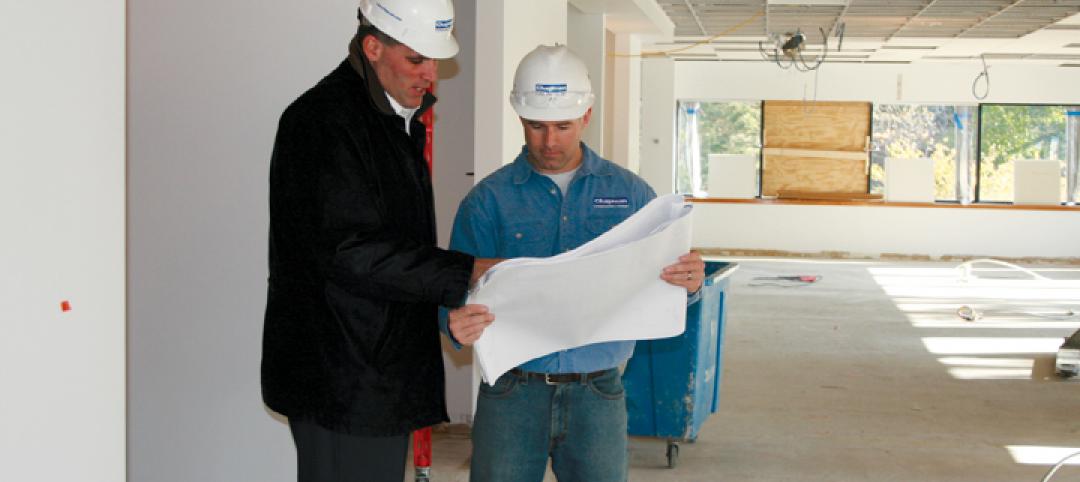The Department of Energy announced $39 million in awards for 18 projects that are developing technologies to transform buildings into net carbon storage structures.
Several of the awards are targeted for alternative concrete and cement materials as part of DOE’s drive to improve energy efficiency and reduce greenhouse gas emissions in the built environment. “There’s huge, untapped potential in reimagining building materials and construction techniques as carbon sinks,” Jennifer M. Granholm, DOE secretary, said in a press release.
Other projects funded by the DOE include:
- Development of “living” wood with the strength of steel, a self-healing capability, and combined carbon-sequestering benefits from wood and microbes by Purdue University.
- Development of a composite panel containing bio-derived natural fibers that exhibit excellent mechanical and functional properties while maintaining a carbon-negative footprint by SkyNano LLC.
- Design of a carbon-negative, medium-size building structure using a high-performance floor system with maximized surface area for carbon absorption that uses a novel carbon absorbing concrete mixture as a building material at the University of Pennsylvania.
The DOE awards are intended to help meet the goal of net zero emissions by 2050 outlined in an executive order signed by President Biden last year to make the federal government carbon neutral. The program aims for a 65% reduction in greenhouse gas emissions by 2030.
Related Stories
| Dec 10, 2011
Turning Balconies Outside In
Operable glass balcony glazing systems provide solution to increase usable space in residential and commercial structures.
| Dec 10, 2011
BIM tools to make your project easier to manage
Two innovations—program manager Gafcon’s SharePoint360 project management platform and a new BIM “wall creator” add-on developed by ClarkDietrich Building Systems for use with the Revit BIM platform and construction consultant—show how fabricators and owner’s reps are stepping in to fill the gaps between construction and design that can typically be exposed by working with a 3D model.
| Dec 9, 2011
BEST AEC FIRM 2011: Chapman Construction/Design
Taking sustainable practices to heart.
| Dec 9, 2011
BEST AEC FIRMS 2011: EYP Architecture & Engineering
Expertise-Driven Design: At EYP Architecture & Engineering, growing the business goes hand in hand with growing the firm’s people.
| Dec 8, 2011
Keast & Hood Co. part of Statue of Liberty renovation team
Keast & Hood Co., is the structural engineer-of-record for the year-long $27.25 million renovation of the Statue of Liberty.
| Dec 8, 2011
HDR opens office in Shanghai
The office, located in the Chong Hing Finance Center in Shanghai’s busy Huangpu District, will support HDR’s design efforts throughout Asia.
















